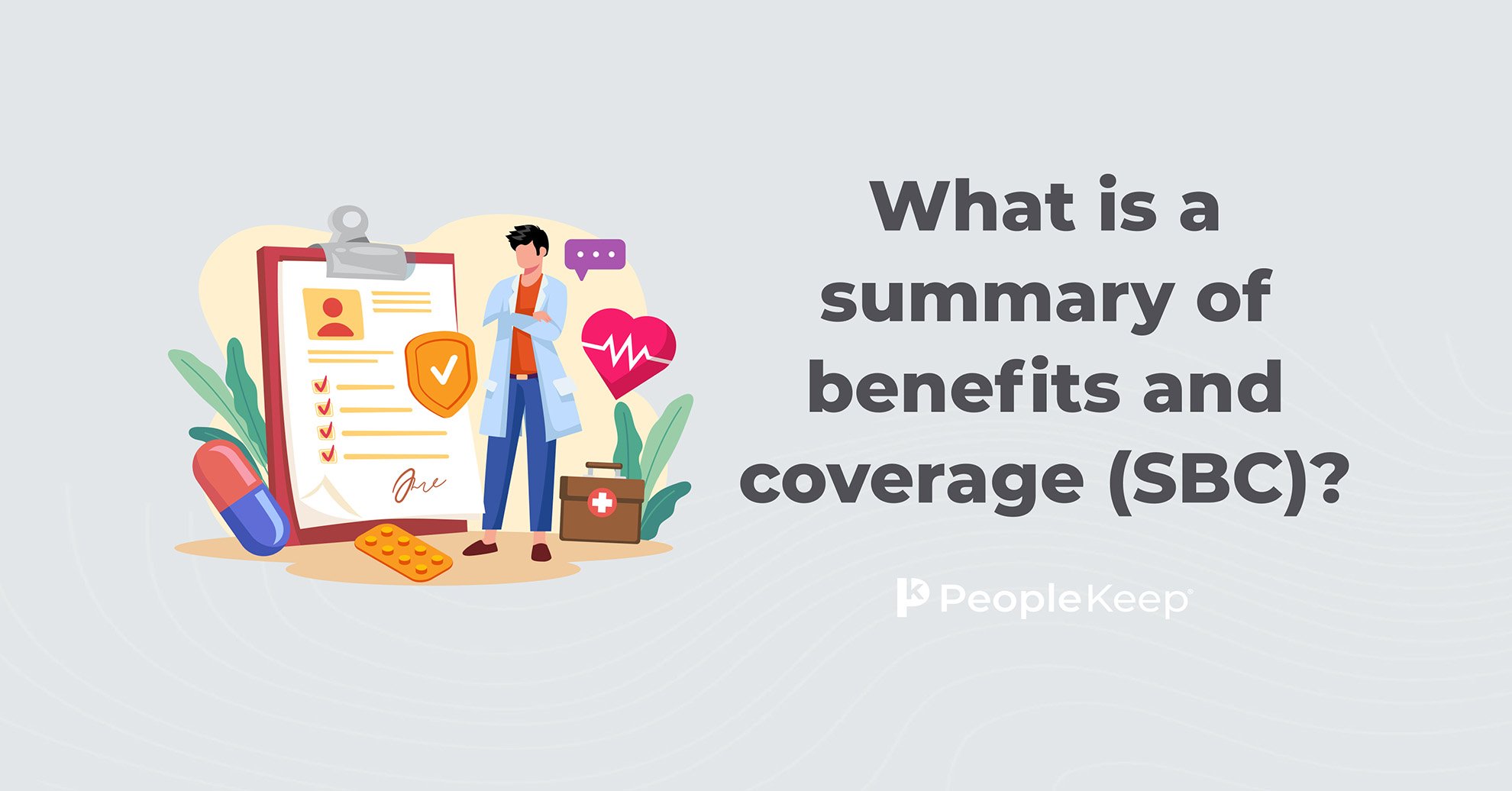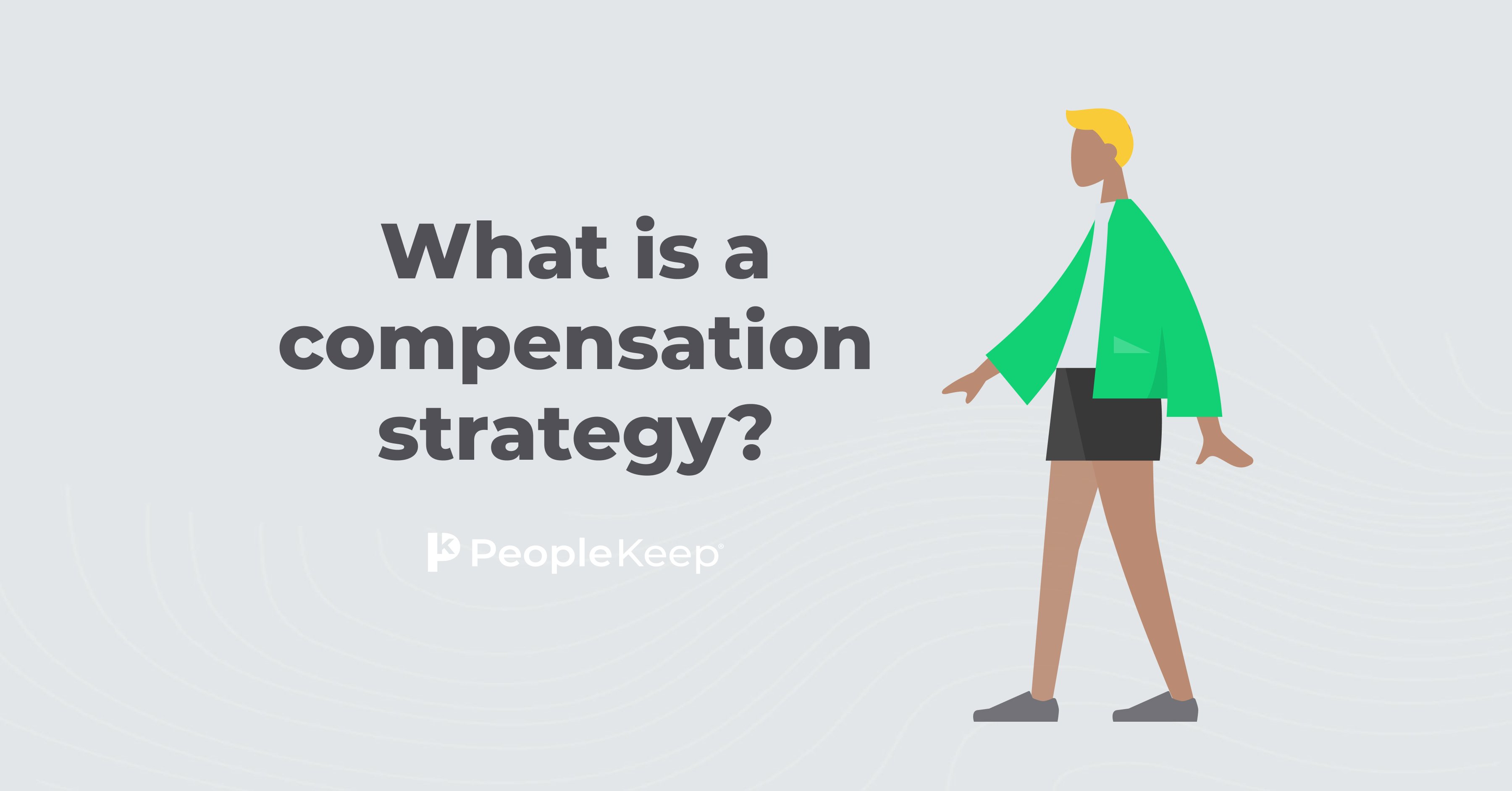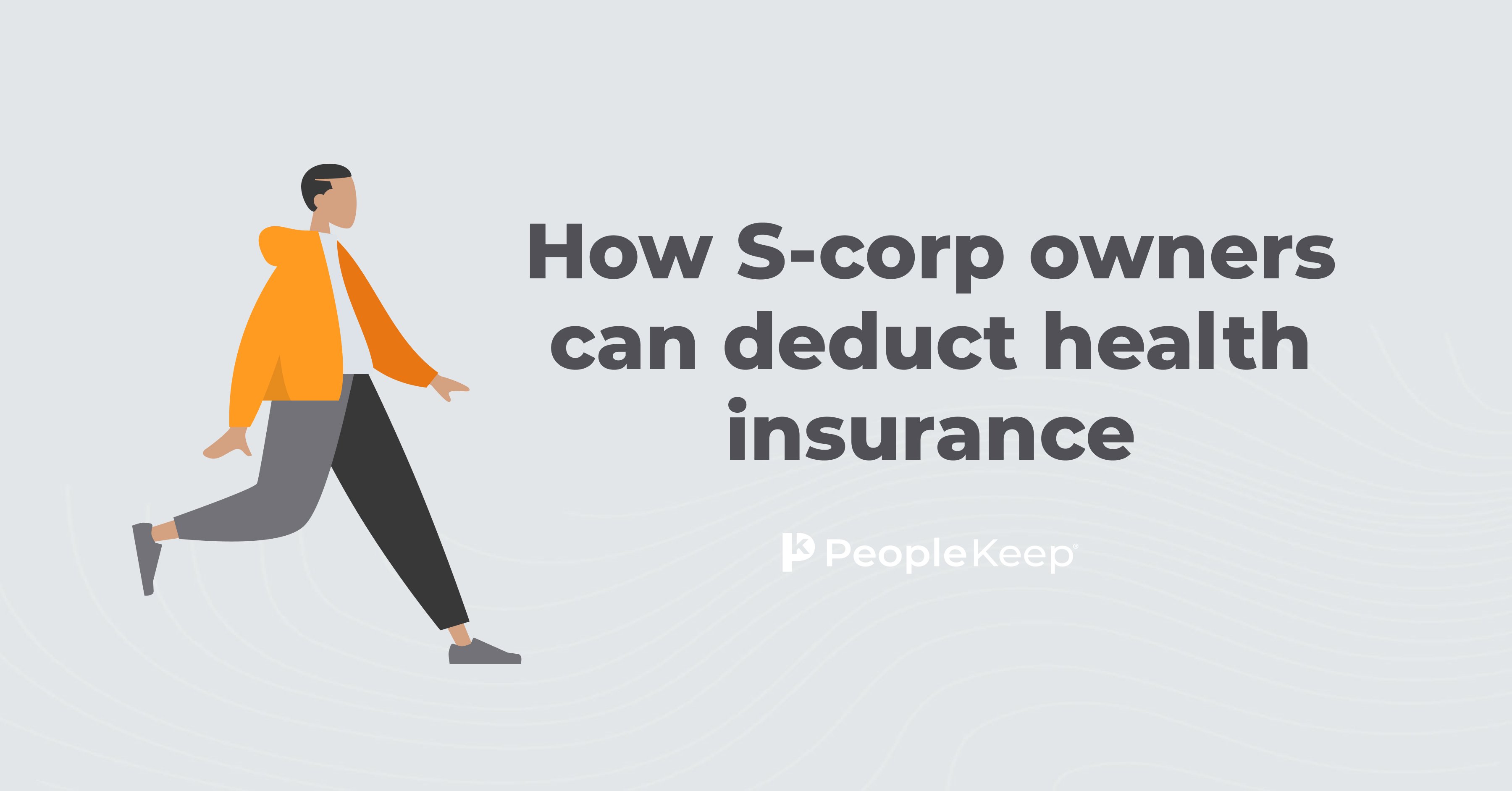Understanding the codes on your medical receipts
By Elizabeth Walker on September 30, 2024 at 8:00 AM
Have you ever looked at your receipt from the drugstore and noticed an “H” or “F” next to something you purchased? Those are health codes that tell you which items on your receipt are qualifying medical expenses.
These codes are a quick way for you to see which items on your receipt are eligible for purchase or reimbursement through your health savings account (HSA), flexible spending account (FSA), or health reimbursement arrangement (HRA).
In this article, we’ll help you understand how to read the codes on your receipts and where you can find them. We’ll also show you how they can help you determine which purchases are HSA-, FSA-, and HRA-eligible expenses.
In this blog post, you’ll learn:
- How to read health codes on receipts from various retailers.
- Why recognizing these health codes is beneficial for covering medical services.
- How to use various health benefits to help you save on your medical expenses.
Why are there health codes on my receipts?
The term “medical receipts” doesn’t just refer to invoices and receipts you receive from a medical provider. There are two types of healthcare receipts. First are the receipts from your doctor’s office or other medical establishments. These receipts show how much you paid for healthcare services. They can document payments for prescription drugs, cosmetic surgery, dental services, fertility medical treatments, ambulance services, and more.
Receipts from regular stores and pharmacies can also act as healthcare receipts if you buy eligible items like over-the-counter medications or first aid supplies. In most cases, they will show the qualified expenses you bought for tax purposes or to receive reimbursements if you have an HRA.
All stores and pharmacies that accept HSA, FSA, and HRA debit cards must have an inventory information approval system (IIAS)1. Through an IIAS, a store’s inventory and point-of-sale system must be able to verify that items purchased with an HSA, FSA, or HRA debit card are eligible out-of-pocket costs. IRS Publication 502 outlines eligible medical care expenses.
Regardless of your insurance company or health plan, the items listed below are considered eligible expenses for an HSA, FSA, or HRA:
- Prescription eyeglasses
- Contact lenses
- Dental treatment
- Health insurance premiums (for HRAs)
- Nicotine gum
- Birth control pills
- Weight loss programs
- Breast pumps
- Diagnostic devices
Here are just a few common IIAS-compliant stores and major pharmacies that have health codes on their receipts:
|
Store |
Receipt code |
|
Amazon |
Some receipts show “FSA or HSA eligible” beneath the item. Amazon may also total the eligible amount at the bottom. |
|
Costco |
Costco uses an “F” next to each item and totals the FSA-eligible amount at the bottom. |
|
CVS Pharmacy |
CVS uses an “F” next to the item. |
|
HEB |
HEB uses an “H” next to the item. |
|
Kroger (including Fry’s, Smith’s, and Fred Meyer) |
Kroger-owned stores generally use an “FX” next to the item to indicate eligible medical expenses. |
|
Rite Aid |
Rite Aid uses an “H” next to the item. |
|
Sam’s Club |
Sam’s Club uses an “H” next to the item. |
|
Target |
Target uses a “+” icon next to the item price to indicate eligible medical items. It also totals the eligible amount at the bottom. Target makes it easy for you to calculate any sales tax, which is also eligible for reimbursement, by including a “T” next to items subject to tax. |
|
Walgreens |
Walgreens adds an “FSA” tag to the side of eligible items. It also totals the eligible amount at the bottom. |
|
Walmart |
Walmart adds an “H” to the end of the SKU (the item number). |
What do receipt health codes look like?
The health codes will look slightly different depending on the medical facility or retail store from which you got the item. For example, Walmart puts an "H" at the end of the barcode for each item to indicate that it’s HSA-approved, whereas CVS Pharmacy flags FSA-eligible purchases on every receipt with an "F."
Other stores, such as Walgreens, make it easier by putting the FSA/HSA total on the bottom of the receipt and marking each item with its own code. Some online food delivery services, like DoorDash, indicate which out-of-pocket expenses are HSA- and FSA-approved and total those items separately on digital receipts.
This way, if you buy non-eligible items or have other additional costs, such as groceries or cosmetics, you can see the entire expense of only the items that qualify as medical costs without purchasing those items separately.
Do I have to use a health debit card to see the codes on my receipt?
Only stores that accept health debit cards must print these health codes. But, all customers will see them on their receipts whether or not they used a health debit card for payment.
Just because some items on your receipt are qualified medical expenses doesn’t mean you have to use your HSA, FSA, or HRA to pay for them. The code simply shows you which items are eligible. But you’re welcome to use any payment method you choose.
Whether you use a debit card, credit card, or health debit card as a form of payment for a qualified medical cost, you should make copies of receipts. This is in case you need a detailed medical record of them for your federal income tax returns in case you lose the original.
Why should I care about health codes?
Medical costs have continued to rise, especially if you have a chronic illness. If you have a health plan that includes a spending account or reimbursement benefit, recognizing health codes can help you save money.
Paying attention to these health codes is especially important for employees with a reimbursement benefit plan, like an HRA. That’s because to receive reimbursements for medical care with an HRA, you must submit a receipt showing that your request is an eligible health expense.
Having these codes on your receipt is an easy way for you and your HRA plan administrator to see that you’ve made a qualifying health purchase that’s eligible for reimbursement. You may even notice an “H” or “F” next to something you didn’t know was an eligible health-related expense.
Additionally, if you have a receipt that totals all of your medical costs, you can purchase your regular groceries alongside the items for reimbursement through your HRA. The codes will divide the medical costs and the non-health-related costs for you.
Conclusion
The actual cost of health-related expenses can be expensive. Knowing how to read your receipts will come in handy when you decide to take steps to control your medical costs. Understanding the health codes on your receipts makes it much easier to identify eligible items at merchandise stores, allowing you and your family to fully take advantage of your HSA, FSA, or HRA.
An HRA through PeopleKeep is a great way to save on health insurance premiums and other expenses. Plus, you can enjoy the tax breaks that come with it. If you’re interested in offering an HRA at your business, get in touch with a PeopleKeep HRA specialist.
This article was originally published on November 4, 2021. It was last updated on May 22, 2023.
1. IRB 2006-31
Check out more resources
See these related articles

What is a summary of benefits and coverage (SBC)?
In this article, we’ll review what an SBC is, what it should include, who provides it, and when you must receive one.

What is a compensation strategy?
Learn about the different types of compensation strategies, why they’re important, and how you can design one to fit your organization’s needs.

How S-corp owners can deduct health insurance
In this article, we’ll cover what S-corp owners must do to receive insurance, how to make tax deductions, and how HRAs and stipends affect eligibility.



